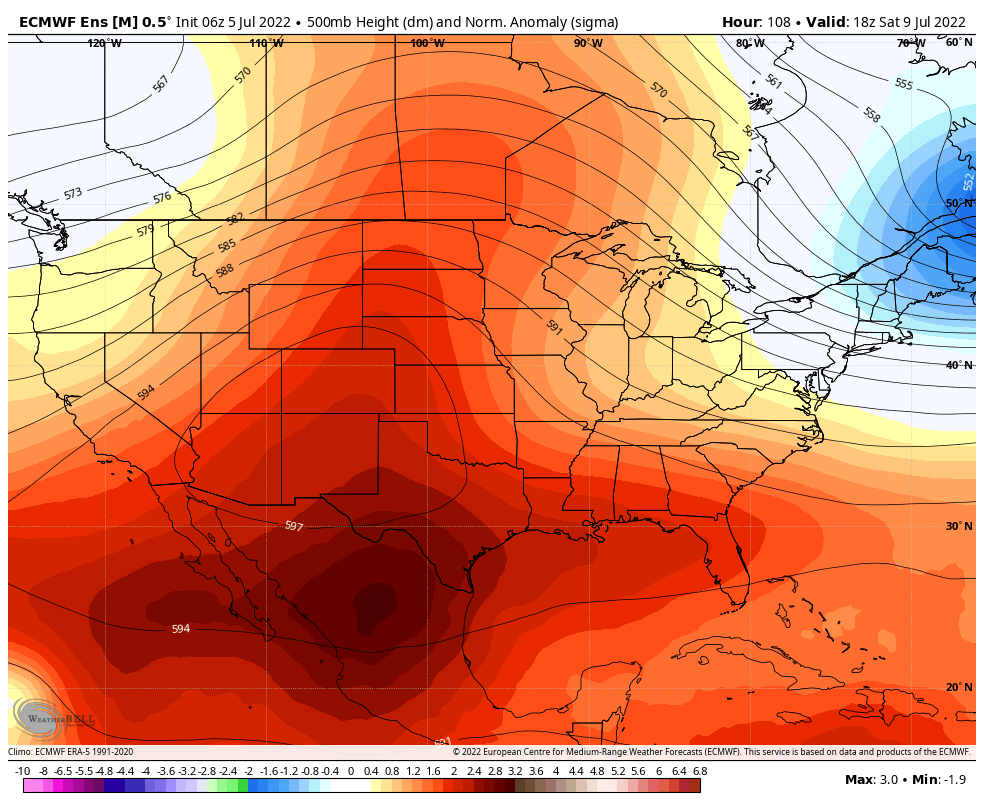A deadly glacial avalanche in Italy, the fourth major flood in Sydney since March, record Alaskan wildfires and another U.S. heat wave — extreme weather events tied to human-caused global warming are slamming disparate parts of the planet. The results, so far, have been deadly and increasingly costly.
Driving the news: Beginning with Europe, on July 3, a heat wave helped trigger the sudden detachment of a massive chunk of the Marmolada glacier in the Italian Alps. The resulting ice avalanche traveled downhill at speeds of up to 200 mph, according to experts.
- The ice avalanche killed at least 7, with several people still missing.
- The day before the disaster, a record high of 50°F was reportedly set at the 11,000-foot summit, accompanied by rapid snowmelt.
- This occurred amid widespread glacial melt worldwide due to climate change.
- The heat wave that preceded this unusual event set monthly and all-time temperature records in Italy along with several other European countries.
In Alaska, 17,774 lightning strikes were detected across the state from July 2 to 4, the highest ever total recorded in a 48-hour period since such monitoring began there in 2013.
- These strikes touched off more wildfires in a season already on track to be one of the state's worst, with 2.3 million acres burned to date amid unusually hot, dry conditions.
Weekend lightning strikes in and around Alaska. If you count very carefully you should get 17,774, give or take. This is comparable to the highest two-day totals since the current @BLM_AFS lightning detection system came into use in 2013. #akwx @Climatologist49 @DaveSnider pic.twitter.com/ZpJ5tGxqRR
— Rick Thoman (@AlaskaWx) July 4, 2022
- One wildfire is burning close enough to Clear Space Force Station to prompt state officials to place the base in "set" mode, ready to evacuate if necessary. The station is home to a sophisticated ballistic missile detection radar.
- According to Rick Thoman, a climate specialist with the University of Alaska at Fairbanks, wildfires burned the second-largest acreage on record during the month of June, with 1.84 million acres burned.
- One unusual aspect of the fires has been their prevalence in southwestern parts of the state, and the size of the blazes in tundra ecosystems.
- The wildfires have covered much of the state in hazardous smoke, with air quality in Fairbanks and smaller communities reaching levels more commonly seen in India and China.
Context: Alaska has been unusually warm and dry in recent months, and there is a heat wave affecting northwestern Canada, helping to jump-start the wildfire season there too.
- Climate studies show that Alaska, which is the fastest-warming state in the U.S., is likely to see larger, more frequent and intense wildfires as a result of human-caused global warming.
- The trend toward more lightning barrages like the one observed this weekend is also tied to climate shifts, as hotter air masses are more unstable, allowing thunderstorms to form.

In Australia, about 50,000 Sydney residents were under evacuation orders from major flooding.
- Some locations saw up to 31.5 inches of rain during the weekend, with 8 inches in 24 hours in parts of Sydney, per Australia's Bureau of Meteorology.
- Studies show global warming is intensifying extreme precipitation events worldwide and causing them to be more frequent. This is occurring since warmer air can hold more moisture, which can lead to heavier downpours, and even heavier snows, when storms tap into these plumes of water vapor.
What's next: A dangerous heat wave is building across the Central U.S., with heat warnings up for 75 million from Texas to Iowa for widespread highs in the 100s through at least Wednesday. Nashville, Tennessee, Kansas City, Missouri, and Chicago are all in the path of this heat wave.

Yes, but: This isn't the end of the heat. An expansive area of high pressure, also referred to as a powerful heat dome, is likely to develop and become entrenched over parts of the Plains and the West during the second half of the week, with highs in the 90s and 100s stretching from Phoenix to Montana.
- Texas, parts of which have set all-time heat records so far this summer amid drought conditions, is likely to set still more record highs well into the triple-digits, according to National Weather Service forecasts.







